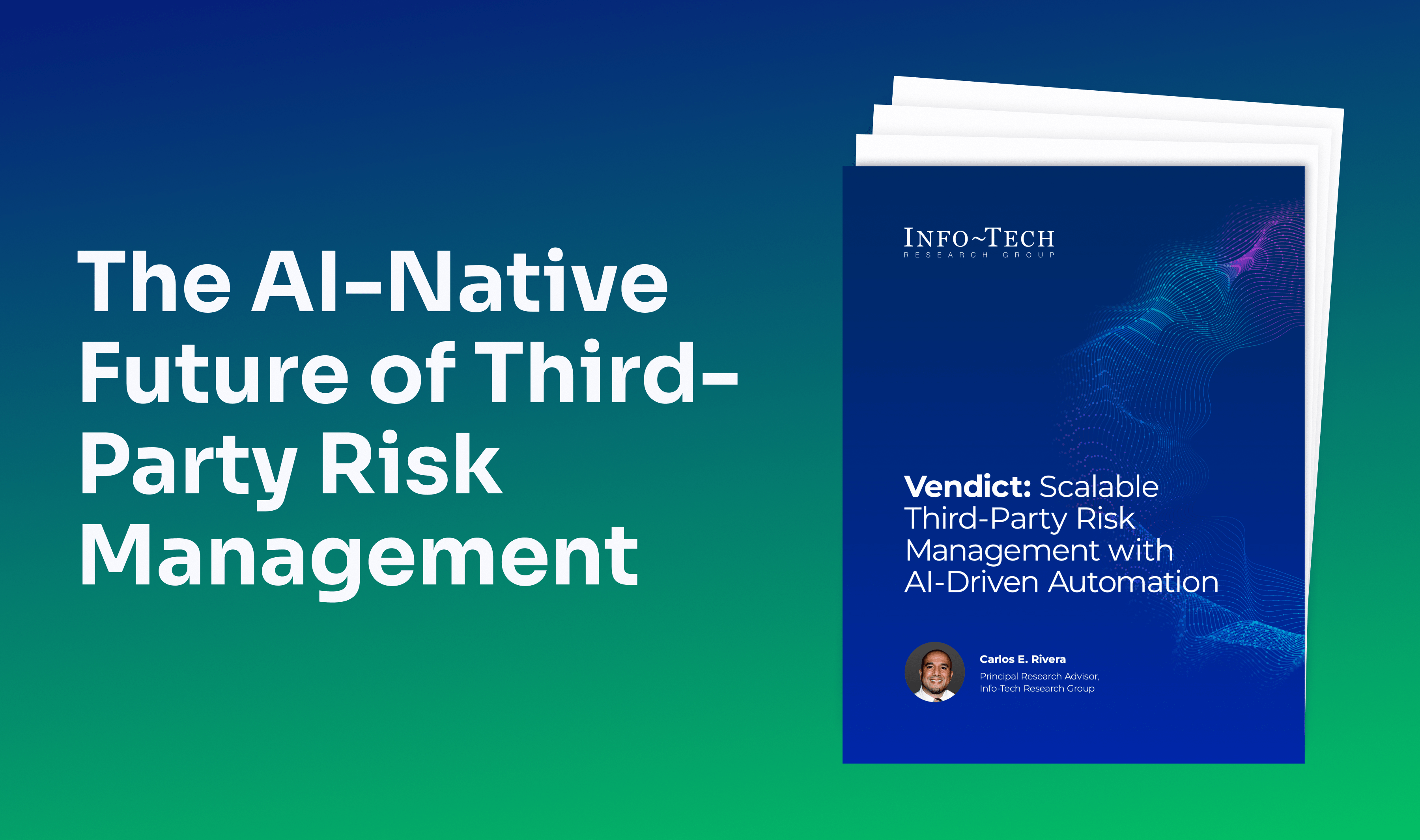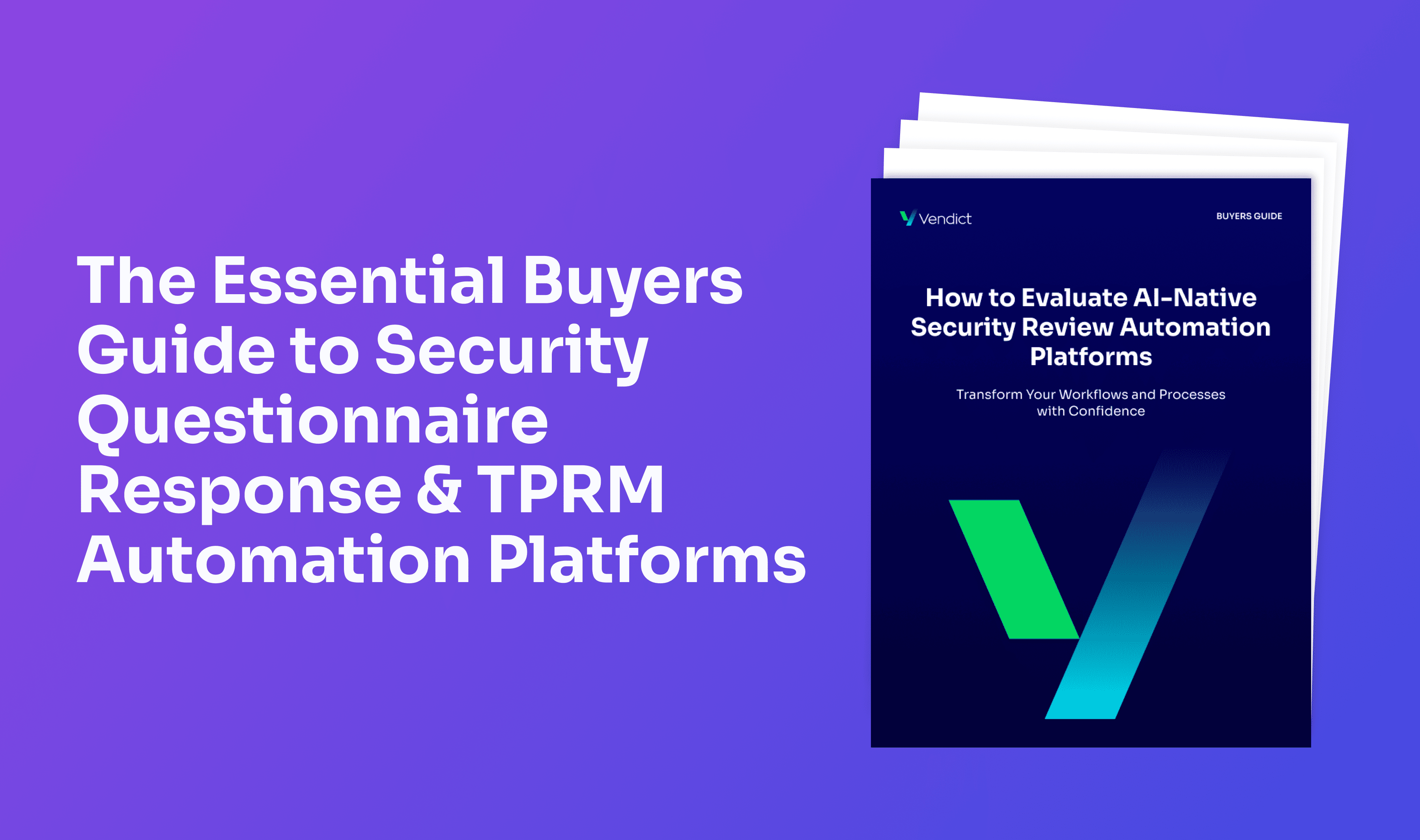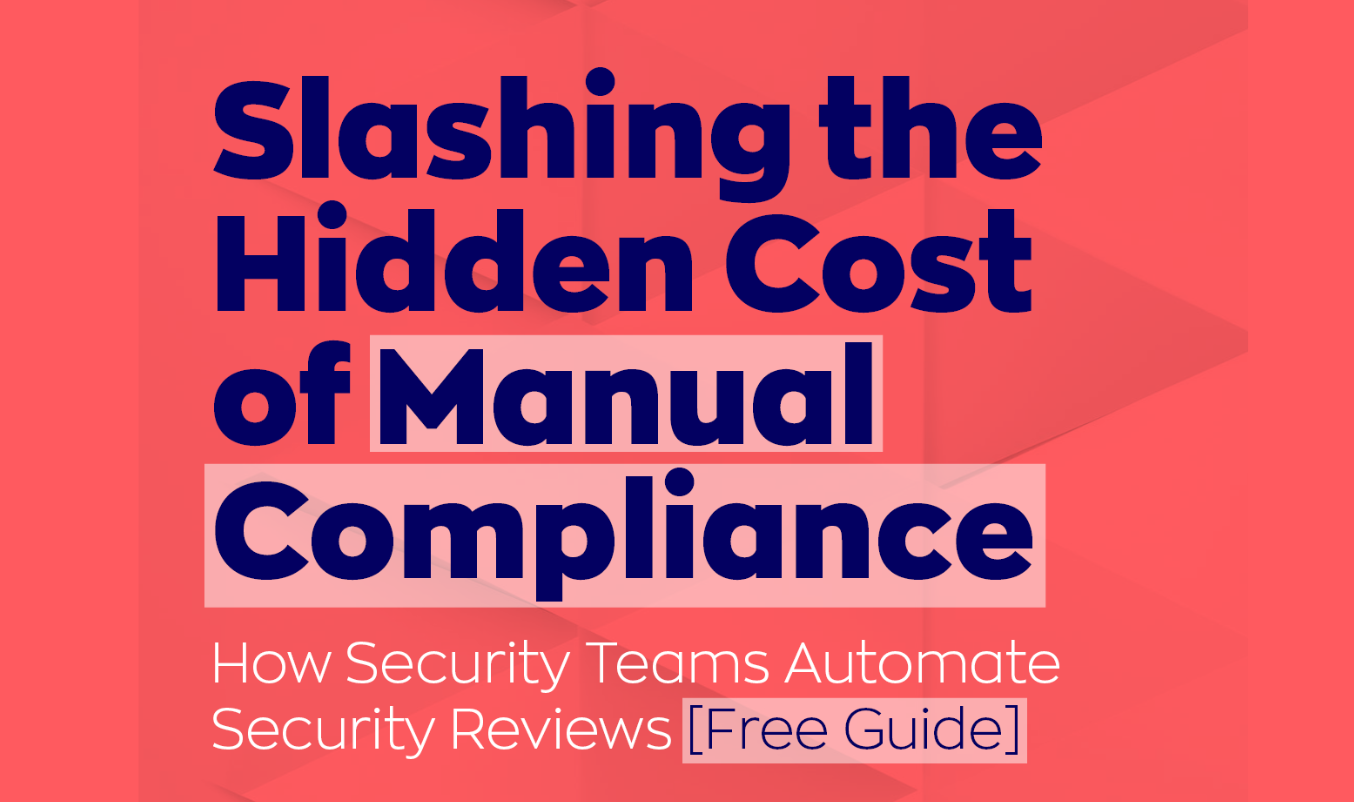Welcome the new C-level role: Chief Vendor Officer (CVO)
%201.jpeg)
Vendors are the new oil. And the recent rise of Chief Data Officers (CDOs) could show us the path to how to gain faster from vendors: with a Chief Vendor Officer.
Do you remember how we were handling our passwords? We all had our own strategy. Some were using the same password everywhere. Maybe twisting a bit according to the password requirements, such as adding a special character or the website name. Others were writing them down in an unlocked document. Others were forgetting them with each new account access.
Since switching to password managers (thank you, Keepass), I’ve felt lighter and more secure, free of the mental burden of creating and remembering passwords. The transition was interesting. I had to retrieve all my accounts. I suddenly understood that my accounts were all over the Internet, and there was no automatic way to find them (a trick is revealed later). Try to recall; you, too, might have a lot of accounts out there.
That’s the point. As individuals and companies, we steadily increase our use of SaaS vendors. These vendors excel in providing specialized products and services that resolve our needs and pain points. For companies, they are the source of a tremendous potential for efficiency. Such a critical resource must be managed at the top level. Welcome to the Chief Vendor Officer.
The evolution of CxO roles
I know what you are thinking. “What?! Another Chief-something-Officer role?” Indeed, many CxO roles have been created over the years (Wikipedia references almost 50). Even the ‘V’ of the CVO is already used by the Chief Visionary Officer.
Traditionally, CxOs were focused on their discipline (Marketing, Sales, Technology, or Finance). Then, in the past decades, new CxOs were handling a major resource or risk that was present all throughout the company (IT, Security, Knowledge, or Data).
For example, recently, the presence of a Chief Data Officer (CDO) in Fortune 1000 companies has jumped from 12% in 2012 to more than 60% in 2018. This high adoption rate reflects the necessity to manage data in times of Big Data, AI, and privacy regulations.
The exemplary CDO path
Early on, after 2008’s financial crisis, most CDOs were present mainly in the financial sector. Since then, they have been in all sectors. In only a few years, the CDO role has evolved a lot. Data was seen as the new oil, with a lot of potential to provide valuable insights. But first, the data had to be managed.
Thus, the CDO’s concerns were first defensive: security, privacy, regulatory compliance, and quality of the data. After that, the CDO became more offensive, i.e., creating value from data. For example, via data collaboration and fostering data science projects (somehow starting with anti-fraud and customer churn projects).
A lot of skepticism was present when the CDO arrived, since this function was planned to change corporate culture and processes. The need for a Chief Vendor Officer is similar today.
How did I find all my Vendors? Today, users have easier access to their data than to their vendors. My Vendor discovery process was simply to retrieve all the confirmation emails in my mailbox sent after an account creation. Finding account creation via a search bar in my data is easy. Knowing which product or service is available out there and is relevant to me is a more difficult problem.
The call for vendors
We are in a Vendor economy. A lot has been said about Big Data and AI. It is less common that vendors have an edge. While specializing and providing a generic solution, they collect a rich and diverse dataset to better solve the problem they are focused on. For each issue we have, we must first think if this issue is somehow generic and then look for a potential vendor.
A suggested roadmap to the CVO
So, what should be the role of the CVO? The CDO shows us the path. The CVO should make some orders first and then bring value to the company.
- Be defensive first. The CVO must have the big picture of the vendors and ensure they are responsible for working with them. Not a simple task. As seen, discovering all the vendors is already complex for an individual. Processes need to change to track vendor on-boarding and off-boarding.
Besides, the CVO must ensure compliance with the regulatory, privacy, and security requirements (shared personal data, vendor data breach, GDPR). - Then be offensive. Vendors can provide a lot of value. Their selection and on-boarding should be accelerated, with a defensive line at business speed. The vendor’s performance should be tracked against the signed contract. And alternative best-fit vendor searches should be standardized where needed.Above all, a vendor culture must be fostered to prefer by default Vendor solutions over internal solutions for non-core expertise subjects.
I never click on the “Forgot password?” link anymore. I know my accounts and who to update upon major changes (new address, new credit card number, or even new email address). I am on top of it.
In our companies, we need roles to account for valuable people or resources. The CDO is the voice of data with untapped potential, and the Chief Product Officer or Chief Customer Officer is the voice of the customers. Who is the voice of the Vendor today?
.png)








.png)
